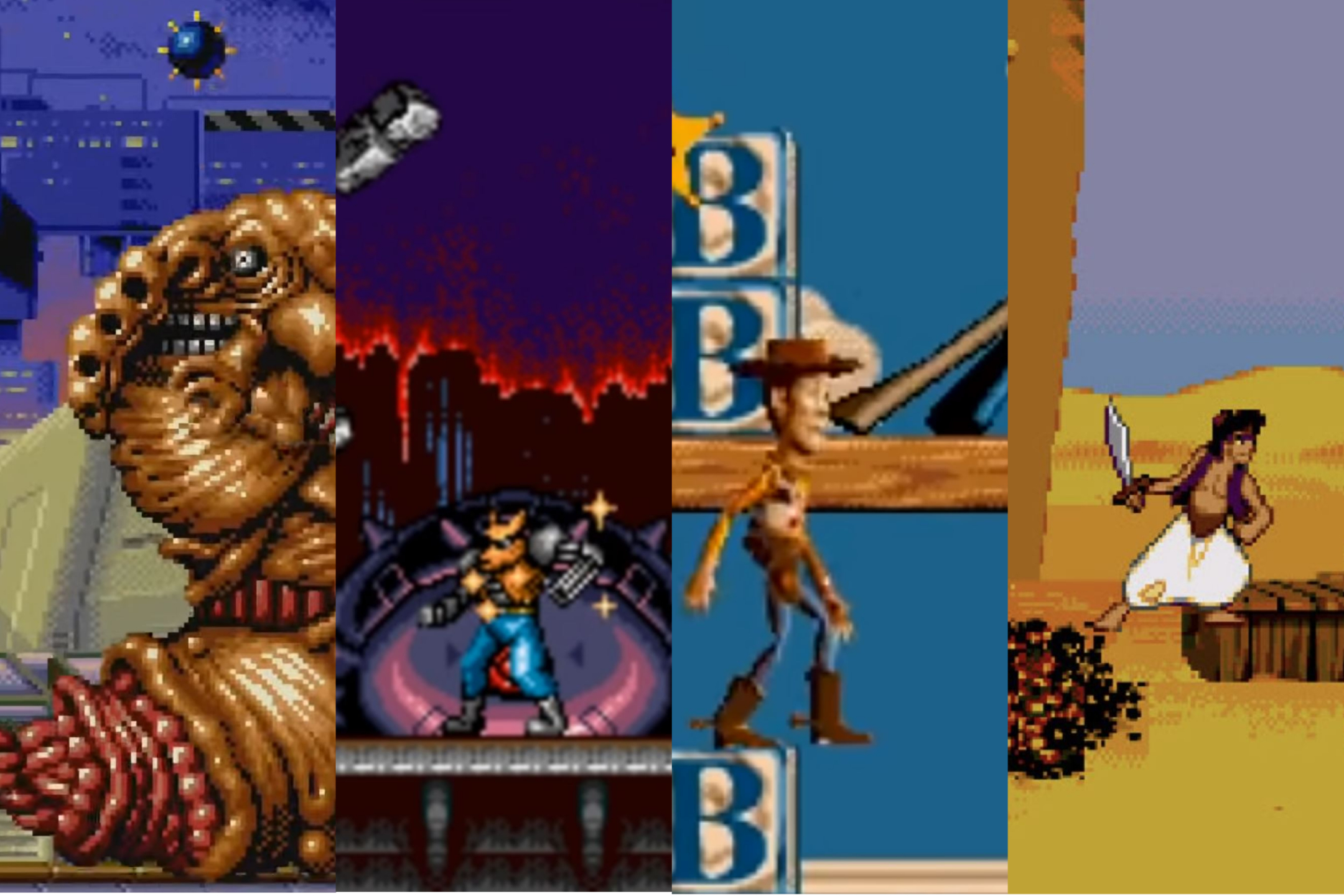As popular as the Sega Genesis was in the ‘90s, most gamers now view it as underpowered compared to its legendary rival, the SNES. That’s not entirely accurate, though. Yes, the SNES had more RAM and could display more colors simultaneously, but the Genesis had a faster CPU that allowed it to produce the kind of smooth animations previously limited to arcade titles. Of course, Sega’s marketing team at the time would have you believe that they also had “blast processing” on their side.
No, that wasn’t really a thing (at least not in any shipped games), but even if the Genesis wasn’t the most powerful console on the market, developers were still able to use the hardware to create some truly beautiful titles. Once you learn to view Sega Genesis games on their own merits and stop comparing them to titles running on vastly different hardware, it becomes much easier to appreciate just how impressive they really are.
Don’t just take our word for it, though. Take a look at the 15 best-looking Sega Genesis games ever.
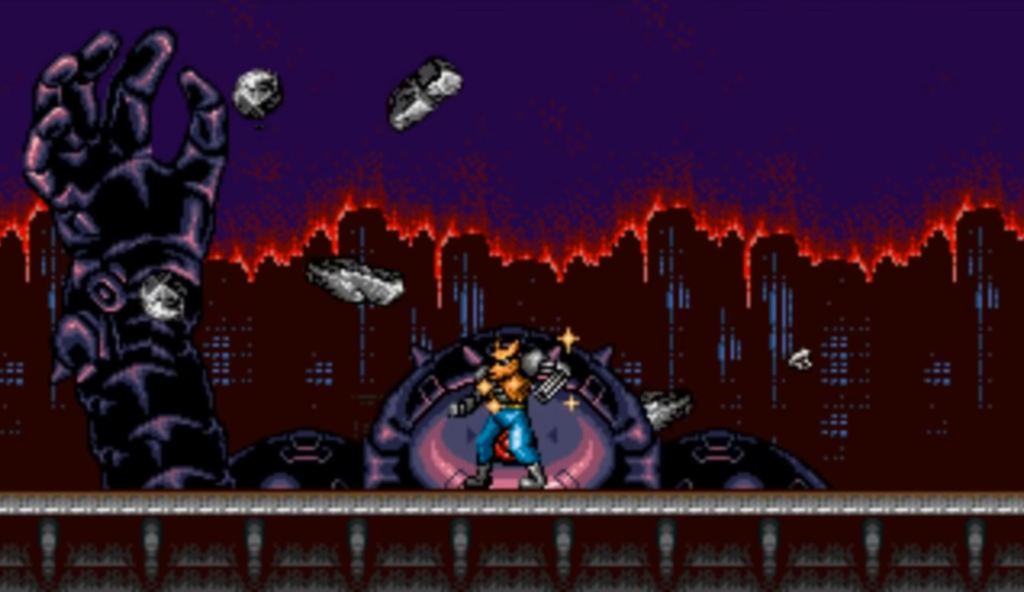
15. Contra: Hard Corps
To be honest, Contra: Hard Corps probably doesn’t look too impressive in screenshots. It actually looks like a lot of 16-bit games when it’s not in motion, but check out some clips of the game as soon as you can. You’ll soon discover that Hard Corps is absolutely gorgeous in motion. Even better, it’s filled with tons of smoothly animated alien enemies for you to shoot.
Granted, many players may only ever see a small portion of this stunning game. Hard Corps is widely considered to be one of the most difficult games in a series known for its high difficulty. While that very quality initially scared away many gamers when this action title was first released, it’s a generally well-regarded entry in the Contra series these days.

14. Virtua Racing
Yes, Virtua Racing looks like something made in a high school programming class now, but its use of 3D graphics was a landmark achievement that moved the entire industry forward. It’s a small miracle that Sega was able to get this game running on the Genesis at all. Few suspected the console was capable of rendering a then eye-popping 9,0000 polygons a second.
Pulling off that feat came at a steep price, though. Virtua Racing cartridges required a special chip, and new copies of the game retailed for $100 (or roughly $200 in 2022 dollars) at the time of this title’s release. That makes today’s $100 deluxe editions look like a bargain by comparison.
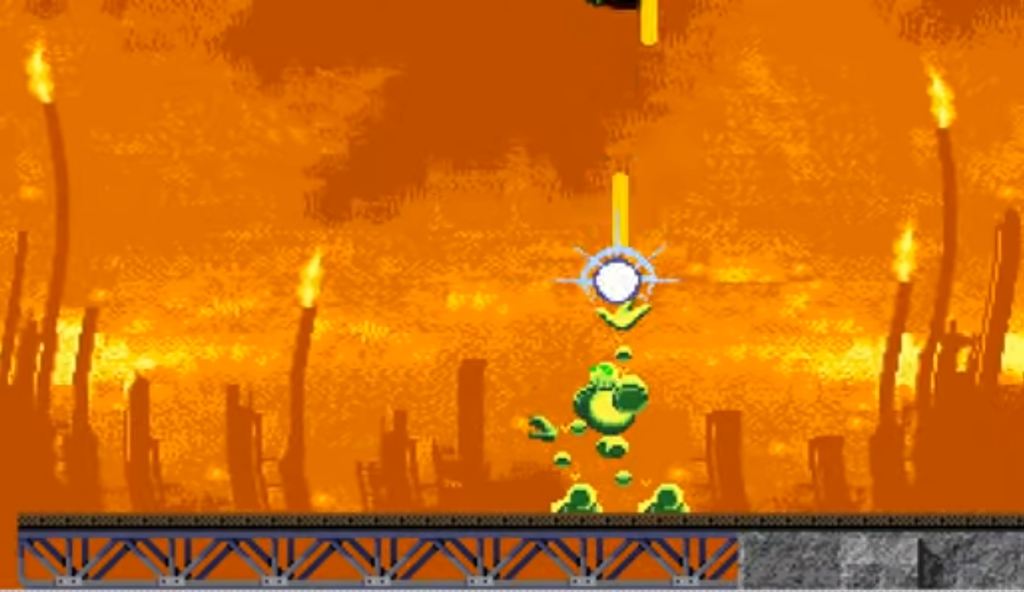
13. Vectorman 2
The first Vectorman was a surprisingly fun run-and-gun platformer released late in the Genesis’ lifecycle. It got by on the gimmick of its “vector graphics” that resulted in unique and better-looking sprites than other games on the market. Vectorman was fairly well-received by fans and critics alike, so Sega went back to the well to produce a sequel for the following year.
The graphics in Vectorman 2 are phenomenal. The levels are more varied than the first, and it still looks beautiful in action. Sadly, a rushed development cycle led to the game’s levels being noticeably shorter than its predecessor’s stages, so it’s not quite as fondly remembered. Even worse, all efforts to develop Vectorman 3 in the late ‘90s and early 2000s quickly sputtered out. Just imagine what that game could have looked like.

12. Ranger-X
The Genesis was still selling well in 1993, but that’s around the time that Sega fans started to worry that the console was falling far behind the SNES in terms of its hardware capabilities. Though Ranger-X didn’t exactly set sales charts on fire, the quality of the game’s graphics immediately put those concerns to rest.
This shoot-em-up features tons of big sprites and screen-filling bosses with barely a hint of slowdown in sight. If the developers had to make any artistic compromises to get this thing running on the Genesis hardware, it doesn’t show at all. Ranger-X even featured 3D wireframe cutscenes at the start of each level. They look a little hokey now, but they were really impressive at the time.
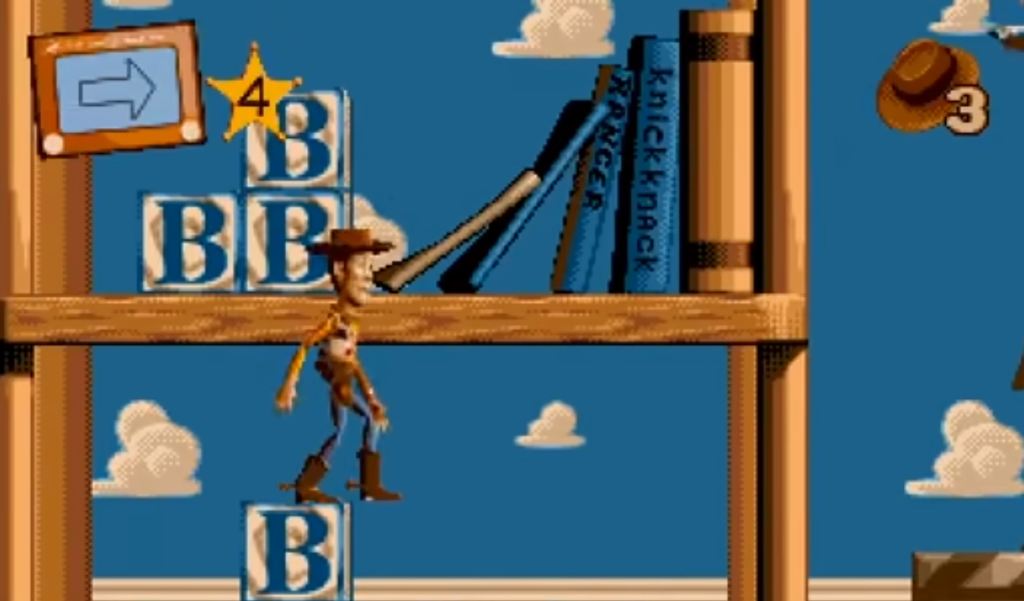
11. Disney’s Toy Story
When Donkey Kong Country’s prerendered 3D graphics were unveiled in 1994, gamers everywhere knew they were looking at the future of the medium. No matter how much they tried, Sega was never really able to mount a meaningful response to that game. Well…at least Sega wasn’t able to develop such a game in-house.
Somehow, the Genesis version of Toy Story and its 3D rendered graphics manage to look pretty damn close to Donkey Kong Country. Hell, the game even looks pretty close to the movie, which is astounding for a 16-bit title released on hardware that was already showing its age at that time. The Genesis version actually looks a bit crisper than its SNES counterpart, which arguably makes it the definitive version of this somewhat underrated gem.
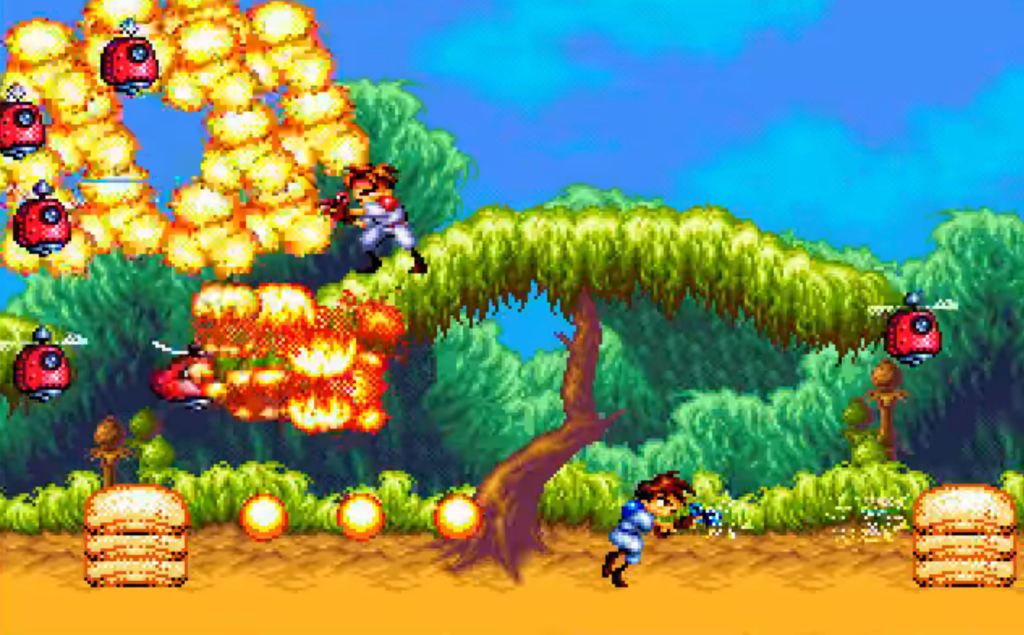
10. Gunstar Heroes
Every console seems to breed one or two developers who quickly learn the ins and outs of the hardware and manage to pull things off that other studios couldn’t dream of. On the Genesis, that developer was certainly Treasure. Even Gunstar Heroes, the company’s very first game, managed to make the most out of the Genesis hardware.
Gunstar Heroes is a lightning-fast shooter with bright graphics and tons of giant, chaotically animated enemies. It really is a technical marvel of its time. It’s like Treasure immediately understood the Genesis had certain weaknesses (like a limited color palette) but somehow turned those weaknesses into strengths. Unsurprisingly, Treasure’s future Genesis games look even better. Actually, we’ll be talking about another Treasure title in just a bit…
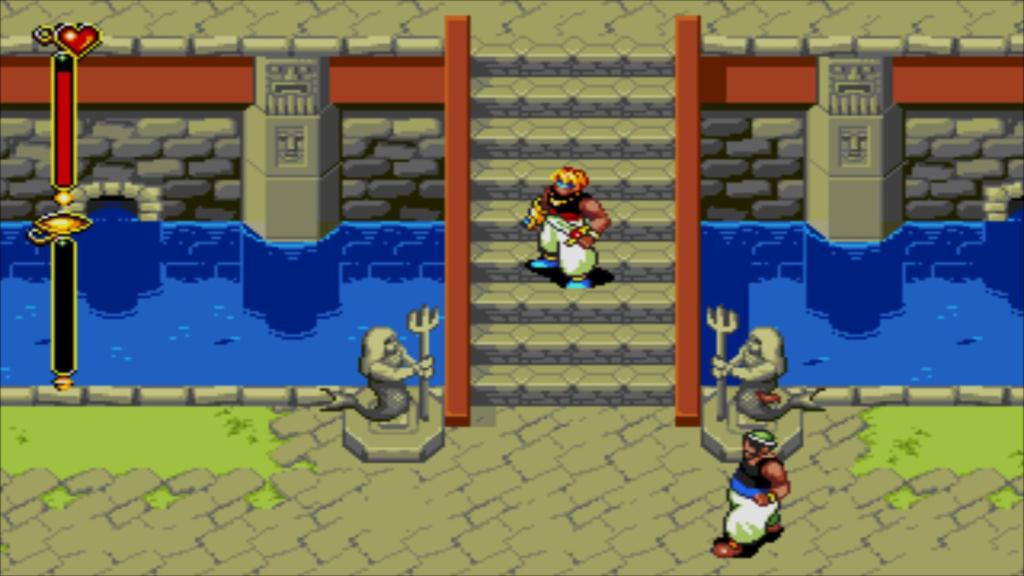
9. Beyond Oasis
Beyond Oasis was Sega’s late-generation stab at taking on The Legend of Zelda. It’s regarded as a somewhat underrated game that really shines in one key area: its graphics. Beyond Oasis is one of the more unique and better-looking games on the Genesis, thanks to its bright color palette and massive collection of huge enemy sprites. It also features some of the best-looking bosses on the Genesis, which is no small feat given some of the competition in that category.
Even better, the whole thing just runs so smoothly. While a lot of action RPGs of that era are rather jerky, Beyond Oasis‘ smooth animations consistently resemble a Saturday morning cartoon (even when you’re surrounded by enemies). Of all the games on this list, Beyond Oasis is arguably the easiest on the eyes by modern standards.
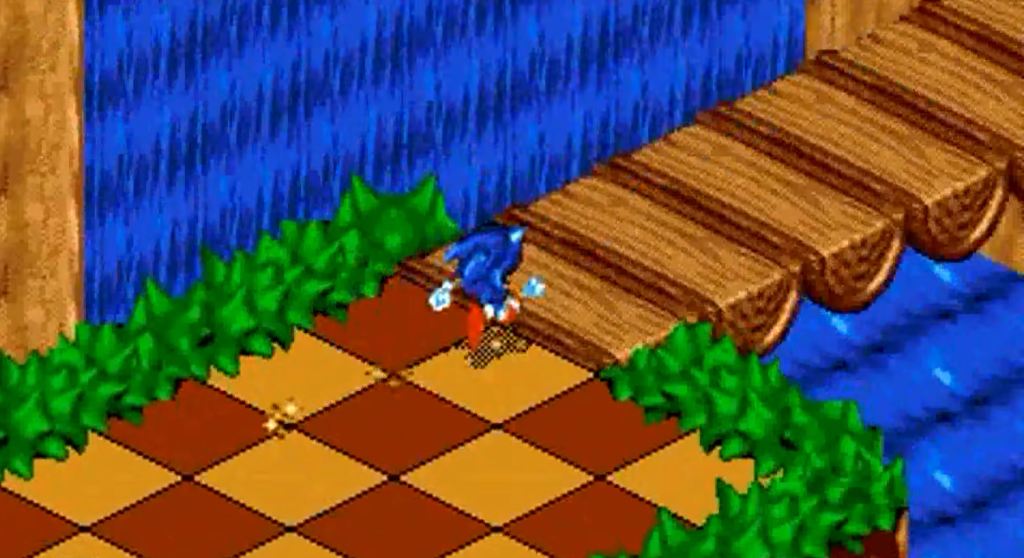
8. Sonic 3D Blast
Let’s get this out of the way first: Sonic 3D Blast is not a good game. In fact, it might actually be the worst Sonic game, which is really saying something considering the low quality of some titles in that storied franchise. It is, however, an incredibly impressive-looking Genesis game.
Instead of the 2D pixel art previous Sonic games were known for, everything in Blast is rendered in 3D from an isometric perspective. It really does look great in action. It even manages to give Nintendo’s similarly-styled Super Mario RPG a run for its money. Granted, things fall apart when you actually have to play the game and realize that the classic Sonic gameplay doesn’t really work from that perspective, but the game is still a technical marvel.
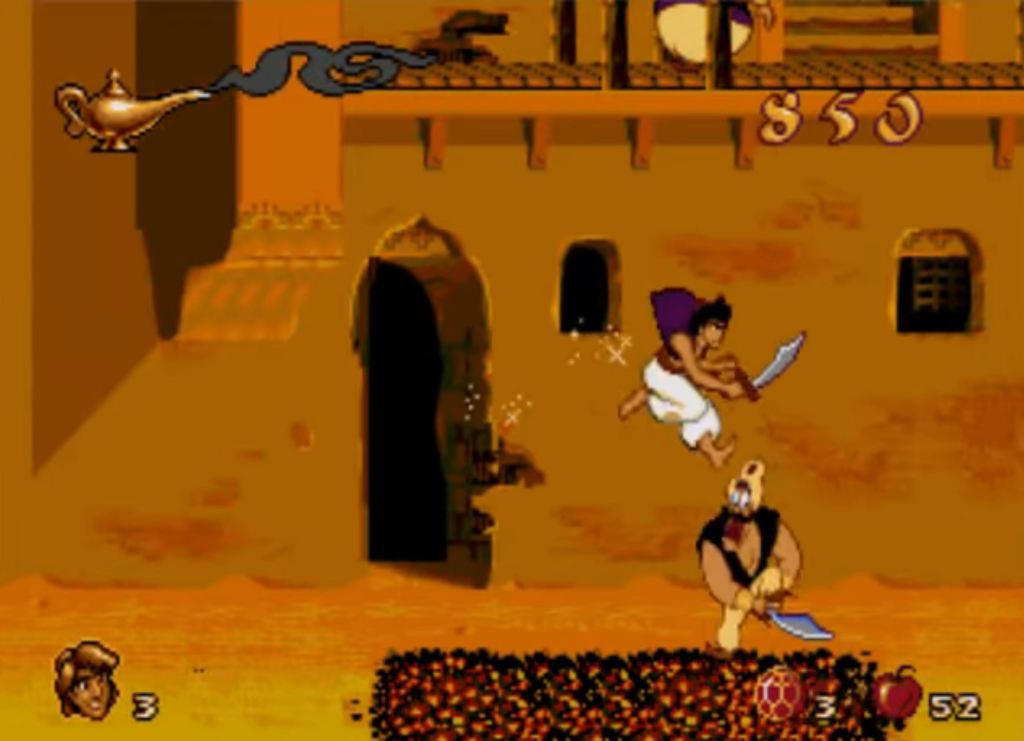
7. Disney’s Aladdin
Video games based on movies date back to the Atari 2600 era, but until Aladdin, they often barely resembled the movies they were based on. Aladdin’s fluidity and source material accurate animations can be attributed to the fact it was the first game to use hand-drawn animations that were then digitized and inserted into the game. That means that it was the closest thing to playing an animated movie that you could get in the ‘90s.
It’s also why most gamers prefer this version of Aladdin over the SNES game. That title was a completely different game developed by Capcom that didn’t use the same graphics technique. Frankly, it wasn’t as fun to play either.
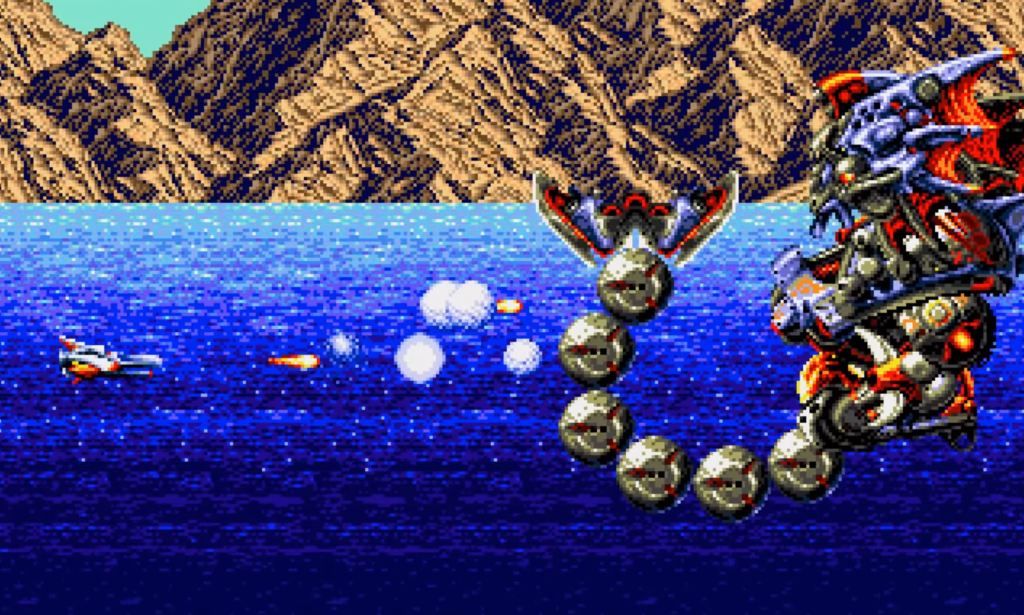
6. Thunder Force IV
Even in the crowded field of 16-bit shooters, Thunder Force IV is generally considered to be one of the very best examples of its genre. Of course, much of the game’s stellar reputation can be attributed to its superb graphics.
Thunder Force IV employs parallax scrolling to produce large vertical levels that exceed the space on the screen. The result is a game that typically feels much larger than it actually is. Add in some fast-paced shooting action, and one of the very best soundtracks on the Genesis, and you have a classic game that pushed the limits of what was possible on the console.
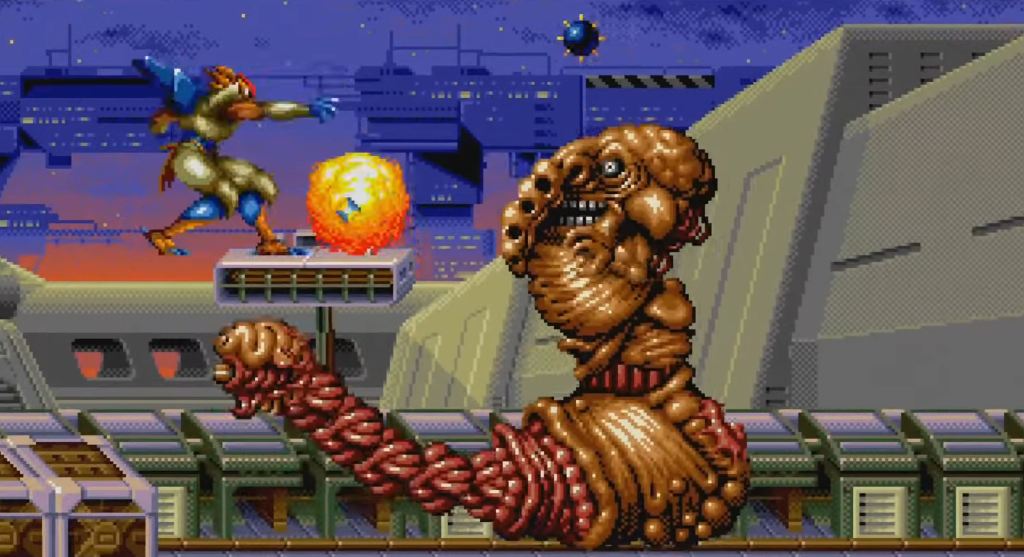
5. Alien Soldier
The second Treasure game on this list can be thought of as Gunstar Heroes cranked up to 11. It’s still a run-and-gun shooter, but Alien Soldier emphasizes boss battles in a way that few other titles in this genre do. Against all odds, Alien Soldier even manages to surpass Gunstar Heroes in the looks department.
The great thing about Alien Soldier is that it really does live up to its (admittedly generic) name. The bosses you’ll face truly are alien, with massive claws, grinding mechanical parts, and just random pulsating organic extremities often highlighting their strange physiques. This is some of the best character designs you’ll find in a 16-bit game.
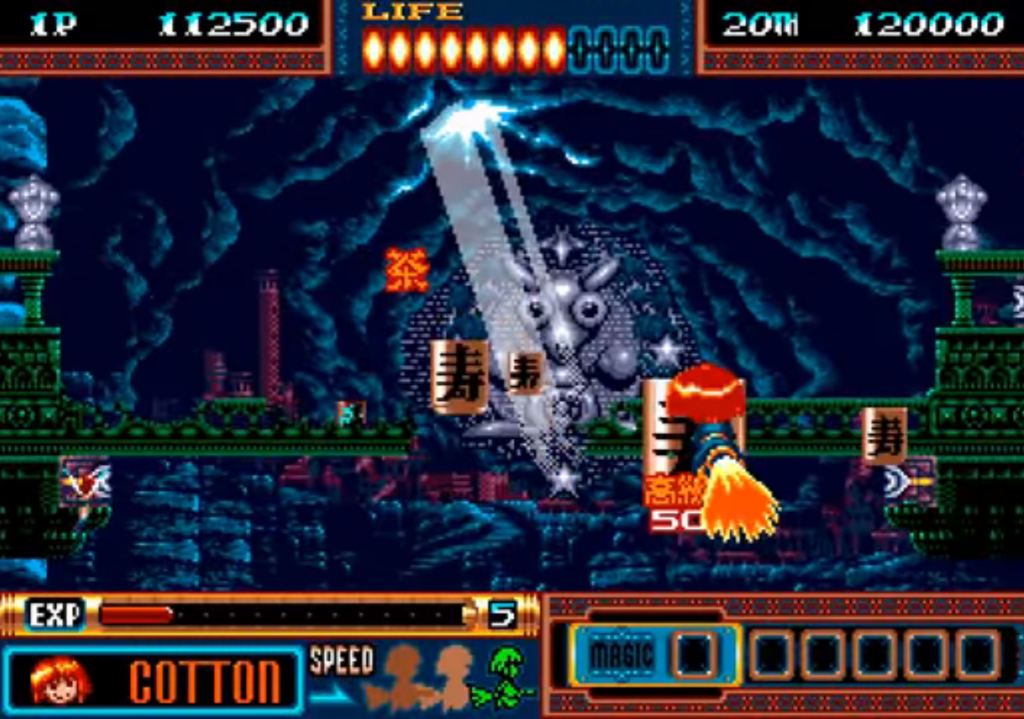
4. Panorama Cotton
Supposedly limited to only 4,000 copies when it was initially released exclusively in Japan, Panorama Cotton was obscure in its home country and barely known internationally until the last few years. Despite its obscurity, the game is an absolute feast for the eyes.
Panorama Cotton features 3D effects rarely seen on the Sega Genesis. You can almost think of it as the Genesis version of Star Fox. In terms of gameplay, it’s very similar to Space Harrier or After Burner, but with bright psychedelic levels cranked up to 11. At times, you could easily mistake it for a PS1 or Sega Saturn game. Thankfully, the game can now also easily be found on the PS4 or Nintendo Switch.
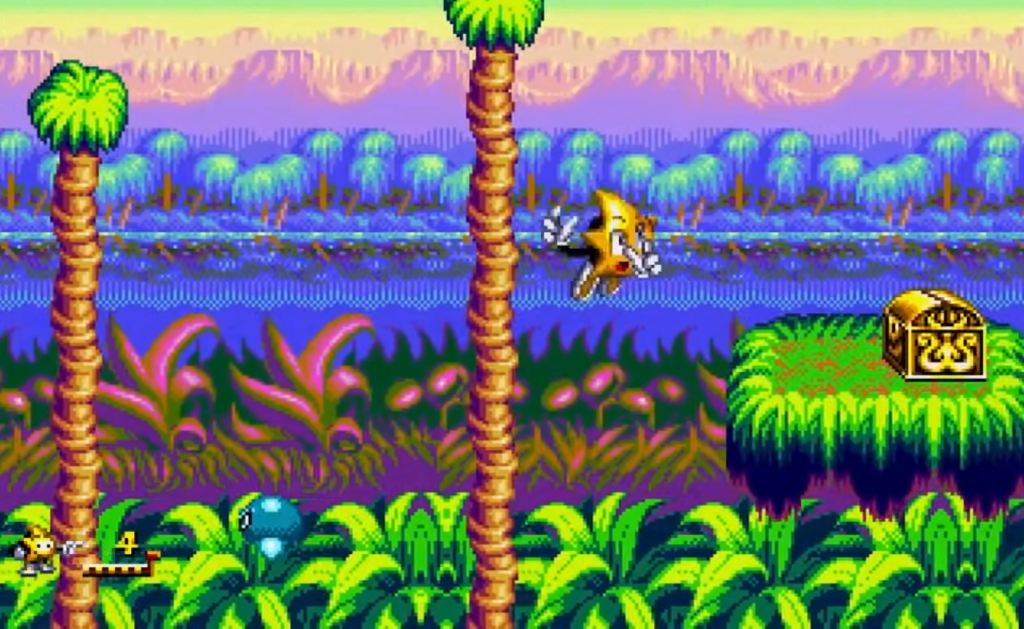
3. Ristar
Many of the best-looking games for any console are typically released near the end of the hardware’s run. Ristar is no exception to that rule. Sega was able to pull out all the stops here, crafting an innovative, trippy game full of varied levels and plenty of large, creative enemies. Even the Genesis limited color palette doesn’t seem like much of an issue here thanks to some clever art direction.
Despite being one of the best-looking games on the console and tons of fun to play, Ristar sold well below expectations. While the titular star has shown up in plenty of other Sega games and compilations over the years, a true sequel to this bright gem seems extremely unlikely now.
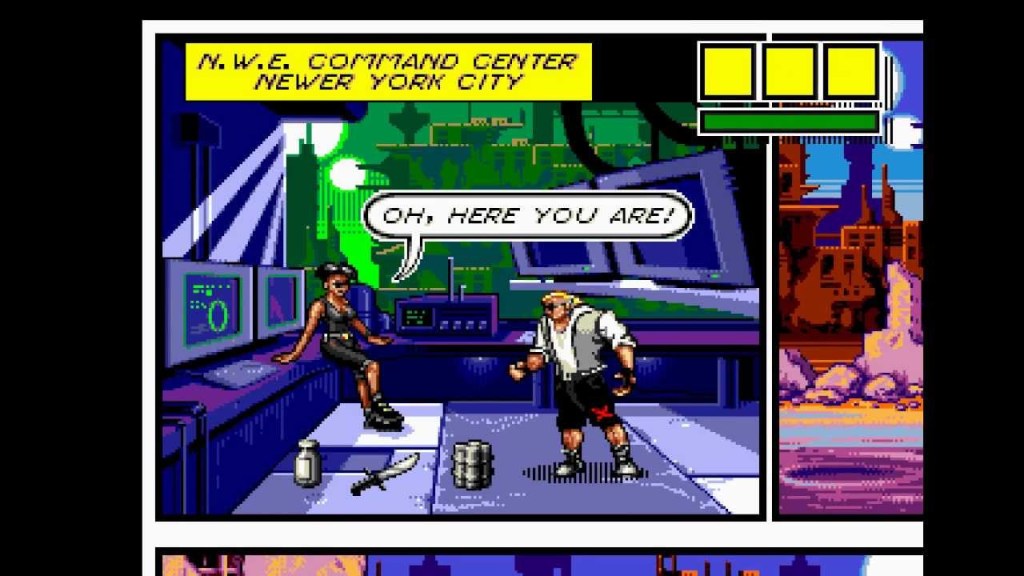
2. Comix Zone
If we’re just grading on style, Comix Zone certainly deserves a top spot on this list. While plenty of games before (and after) have attempted to marry the look of comic books with video games, none have pulled it off so perfectly.
Comix Zone protagonist Sketch Turner swings between panels with ease. When he enters the next panel, the hand of an unseen artist draws enemies into the area. The whole thing is meant to create the illusion of playing through an “in-progress” comic book, complete with dialogue bubbles and “sound effect words.”
In a 16-bit generation riddled with copycats, Comix Zone’s graphics remain wholly unique. Unfortunately, the actual gameplay gets repetitive fast, and the controls are finicky. So while Comix Zone has its fans, it’s never going to be remembered as one of the very best Genesis games despite the fantastic graphics.
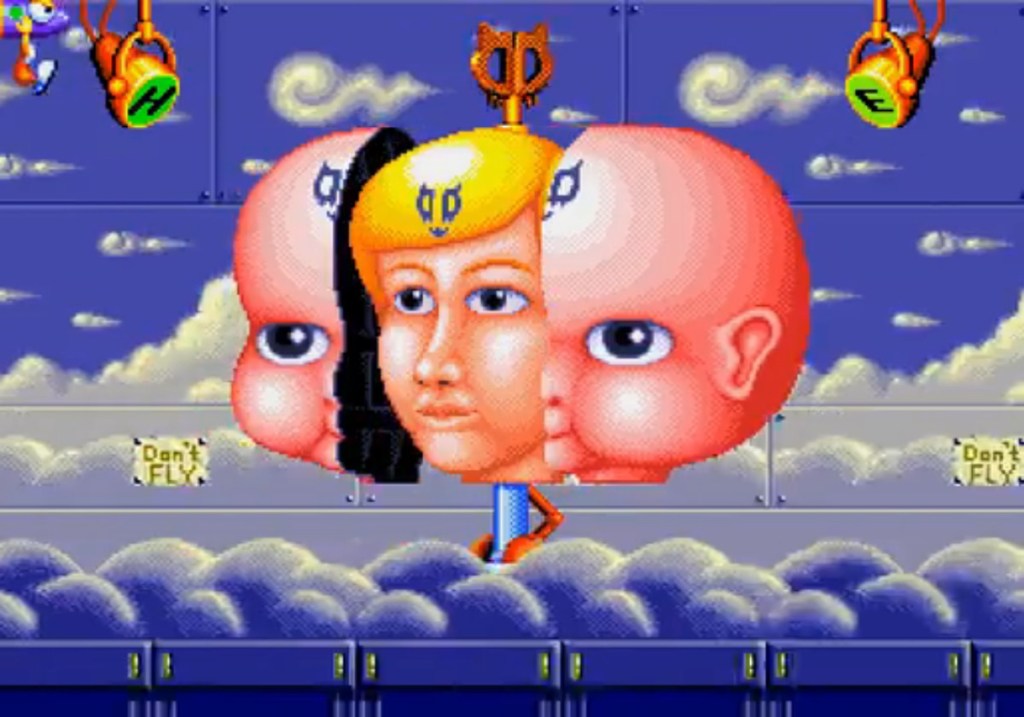
1. Dynamite Headdy
Treasure’s Dynamite Headdy isn’t exactly the most graphically advanced Sega Genesis game. Yes, the sprites look good, and there’s no real slowdown, but you could say that about a lot of games on the console. What really elevates the game above everything else on the Genesis is its art style. This is a game that never ceases to surprise with new and unique enemies, whether you’re fighting a marionette, robo-cat, or the insane, multi-stage Baby Face boss.
Sure, you can appreciate Dynamte Headdy as just a fantastic platformer, but this classic gets so surreal and goes into so many different directions that at times it feels more like a fever dream, a hazy memory of a time from the ‘90s you’re not even sure existed. But Dynamite Headdy is very, very real, and easily the best-looking game on the Sega Genesis. This is the full power of 16-bit gaming when a developer was freed to fully explore their vision.
